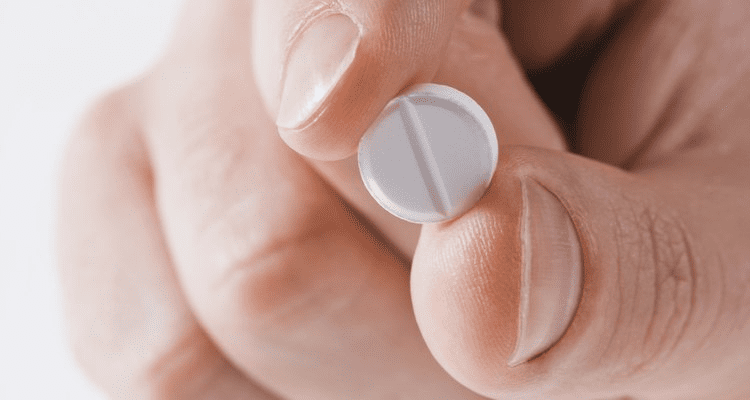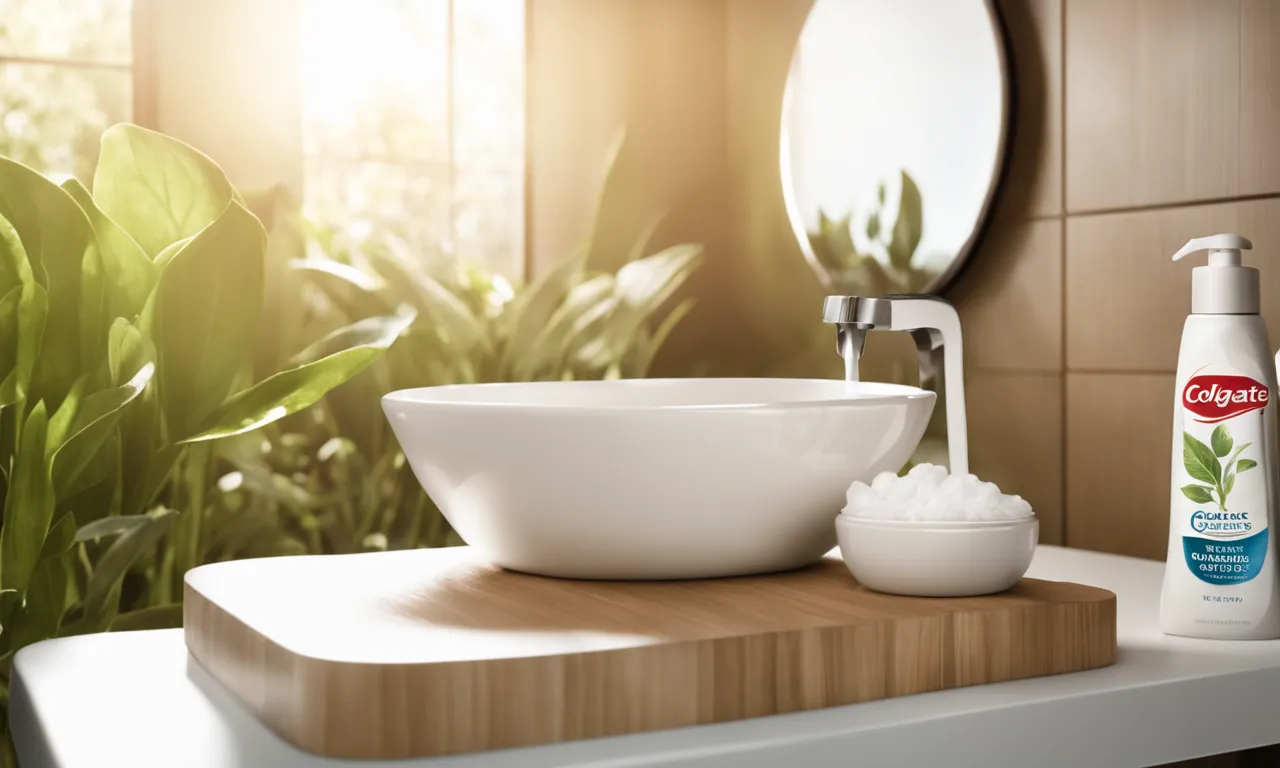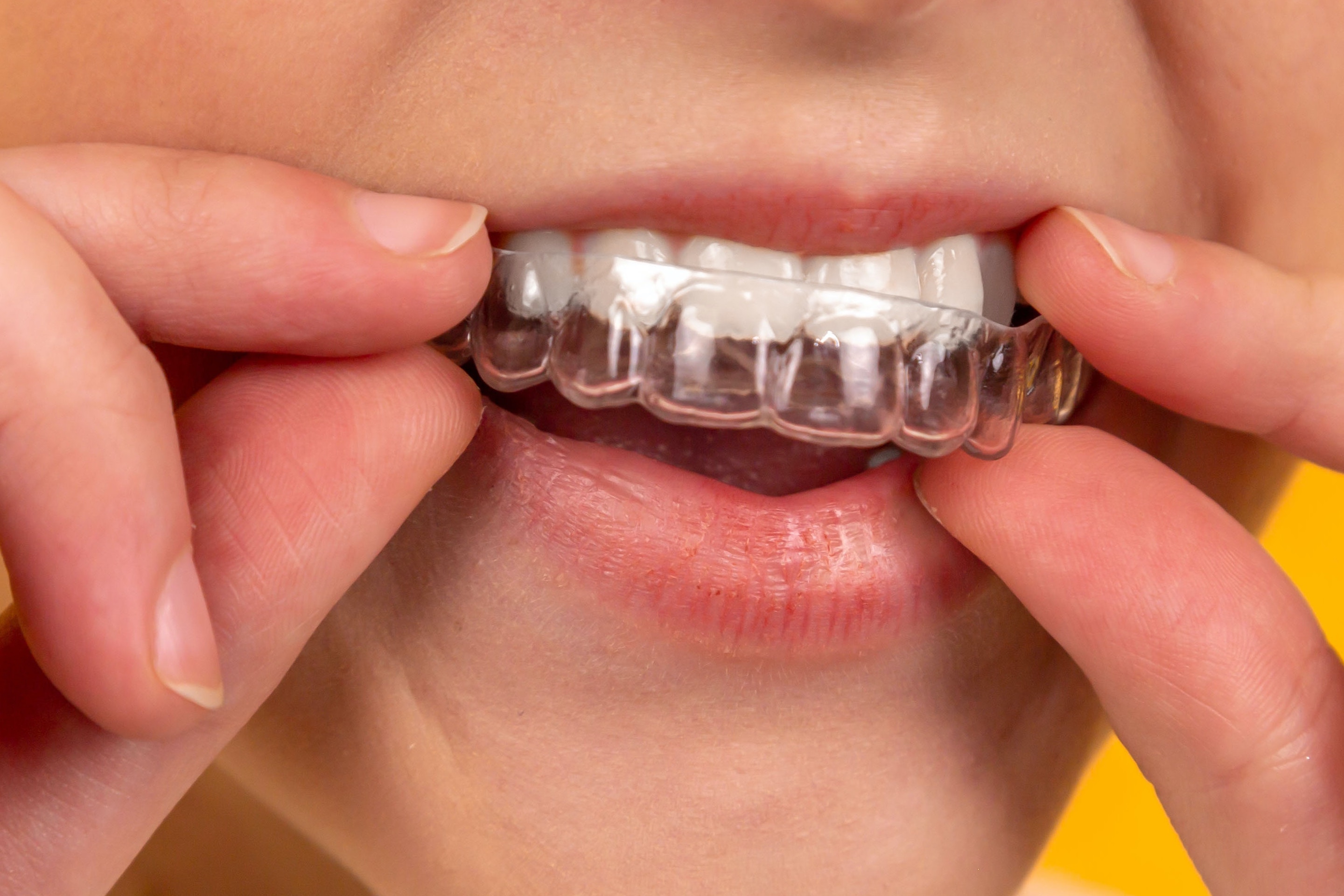What Do Lice Look Like? Remove Them Fast

Lice are tiny, wingless insects that can infest the human hair and feed on blood, causing discomfort and embarrassment. Understanding what lice look like is crucial for identification and treatment.
To the naked eye, lice appear as small, moving dots on the hair or scalp. They are usually grayish-white or brown in color and have a distinctive oval shape with six tiny legs. Adult lice are about 2-3 millimeters long, roughly the size of a grain of rice.
One of the most distinguishing features of lice is their ability to cling to hair strands. They have strong claws on their legs that allow them to grip onto the hair tightly, making them difficult to remove. Lice lay their eggs, also known as nits, close to the scalp, usually within 1⁄4 inch of the hair shaft. Nits are even smaller than lice, about 0.8 millimeters long, and are often confused with dandruff or hair product residue. However, unlike dandruff, nits are firmly attached to the hair shaft and cannot be easily brushed off.
Removing lice quickly and effectively requires a combination of treatments and home remedies. Here are some steps you can follow:
Comb out lice and nits: Use a fine-toothed comb or a specialized lice comb to remove lice and nits from the hair. This method is most effective when done in conjunction with other treatments. Start at the scalp and work your way down to the ends of the hair, taking care to remove all lice and nits.
Medicated shampoos and creams: Over-the-counter (OTC) and prescription medications are available to treat lice infestations. These products typically contain ingredients like permethrin or pyrethrin, which kill lice and nits. Always follow the instructions carefully and consult a healthcare professional if you’re unsure.
Home remedies: Certain home remedies, such as mayonnaise, olive oil, or coconut oil treatments, can help suffocate lice. However, their effectiveness varies, and they should be used in conjunction with other treatments. For example, applying mayonnaise or olive oil to the hair and leaving it on for several hours can help kill lice, but it may not be enough to remove all nits.
Wash and dry clothing and bedding: To prevent re-infestation, it’s essential to wash and dry clothing, bedding, and towels in hot water (at least 120°F) and high heat. Dry-clean or seal in a plastic bag for two weeks any items that can’t be washed.
Clean the environment: Vacuum carpets and furniture, especially where the infested person has been. Soak hair care items like combs and brushes in hot water for at least 10 minutes.
In addition to these steps, there are several other methods that can be used to remove lice, including:
- Professional lice removal services: If the infestation is severe or you’re unsure about how to treat it, consider seeking help from a professional lice removal service. These services typically use specialized combs and treatments to remove lice and nits.
- Natural treatments: Some natural treatments, such as tea tree oil or neem oil, have been shown to be effective in treating lice infestations. However, it’s essential to consult with a healthcare professional before using any natural treatments.
It’s also important to note that lice infestations can be a sign of poor hygiene or poor living conditions. However, anyone can get lice, regardless of their hygiene or socioeconomic status. To prevent lice infestations, it’s essential to avoid head-to-head contact with others, avoid sharing personal items like combs or hats, and regularly check your hair for lice and nits.
Here are some key points to remember when removing lice:
- Be thorough: Removing lice requires patience and thoroughness. Make sure to comb out all lice and nits, and wash and dry all clothing and bedding.
- Use multiple treatments: Using multiple treatments, such as medicated shampoos and home remedies, can help ensure that all lice and nits are removed.
- Seek professional help: If the infestation is severe or you’re unsure about how to treat it, consider seeking help from a professional lice removal service.
By following these steps and tips, you can effectively remove lice and prevent re-infestation.
In conclusion, removing lice quickly and effectively requires a combination of treatments and home remedies. By understanding what lice look like, using the right treatments, and taking steps to prevent re-infestation, you can help eliminate lice infestations and prevent future occurrences.
Here are some frequently asked questions about lice removal:
How do I know if I have lice?
+You can check for lice by looking for small, moving dots on your hair or scalp. You can also check for nits, which are attached to the hair shaft. If you’re unsure, consult a healthcare professional.
Can I use mayonnaise to treat lice?
+Yes, mayonnaise can be used to treat lice. Apply mayonnaise to the hair and leave it on for several hours. Then, comb out the lice and nits using a fine-toothed comb.
How can I prevent lice infestations?
+To prevent lice infestations, avoid head-to-head contact with others, avoid sharing personal items like combs or hats, and regularly check your hair for lice and nits.



